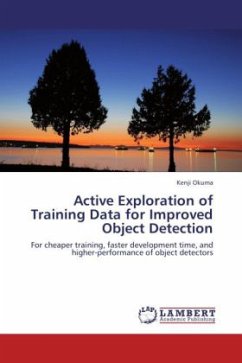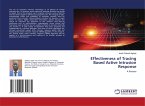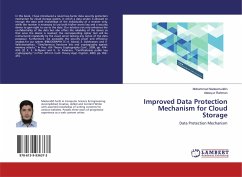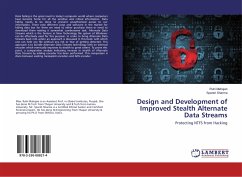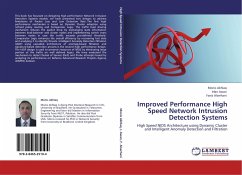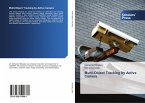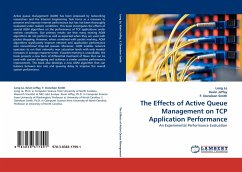This book concerns the problem of object detection, which is defined as finding all instances of an object class of interest and fitting each of them with a tight bounding window. This seemingly easy task for humans is still extremely difficult for machines. However, recent advances in object detection have enabled machines to categorize many classes of objects. Statistical models are often used for representing an object class of interest. These models learn from extensive training sets and generalize with low error rates to unseen data in a highly generic manner. But, these statistical methods have a major drawback in that they require a large amount of training data. We approach this problem by making the process of acquiring labels less tedious and less costly by reducing human labelling effort. Throughout this book, we explore means of efficient label acquisition for realizing cheaper training, faster development time, and higher-performance of object detectors.

